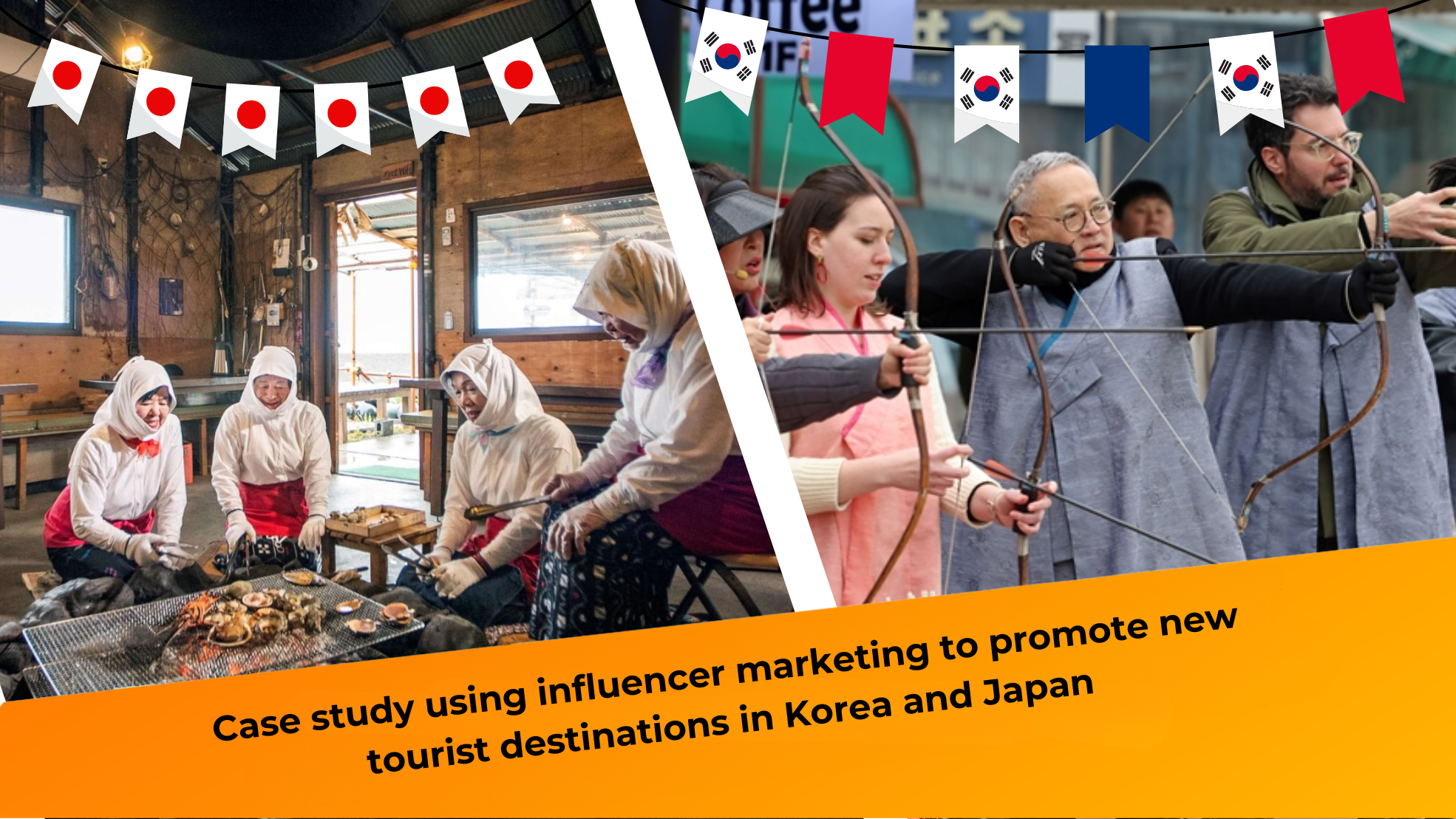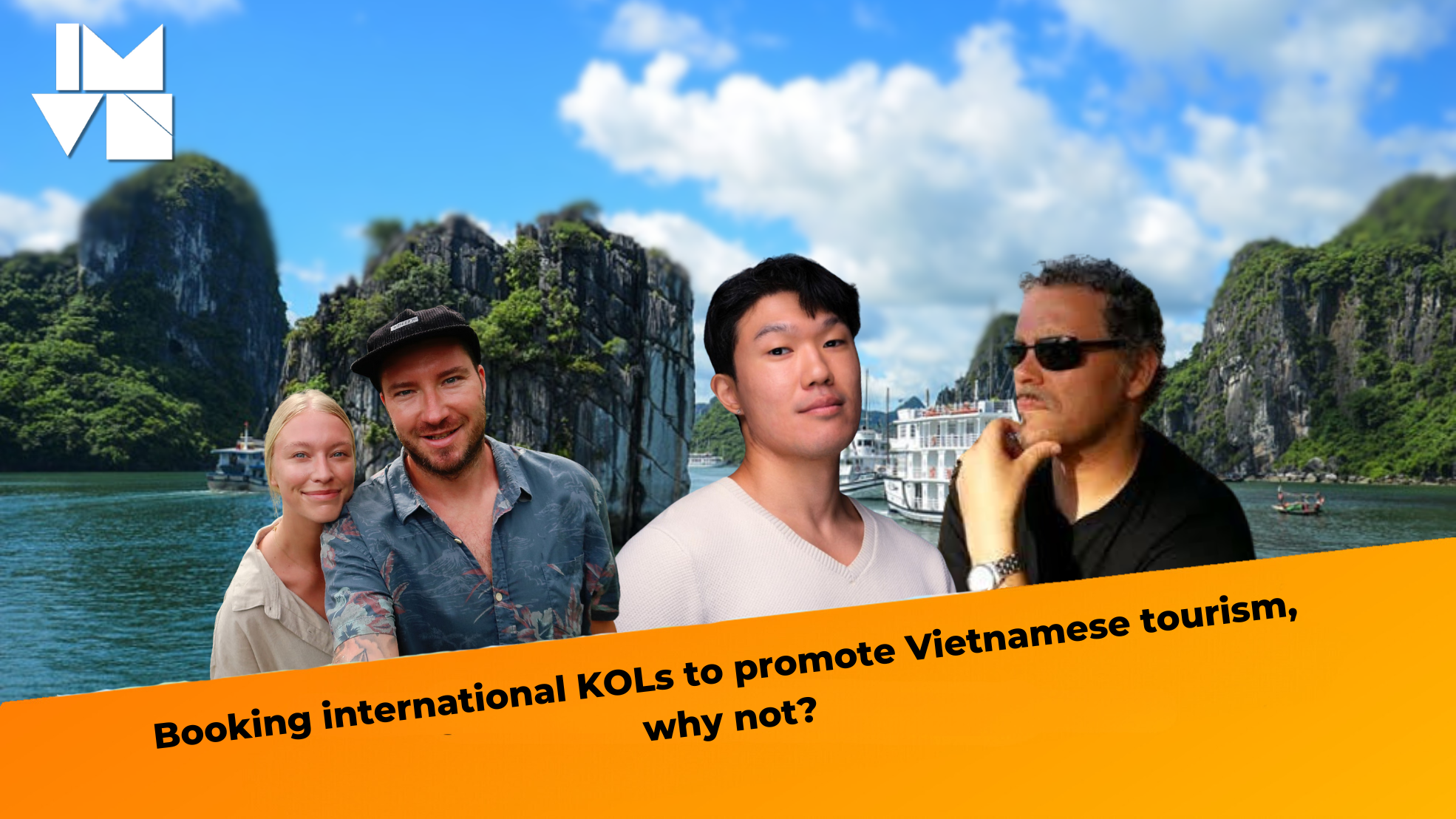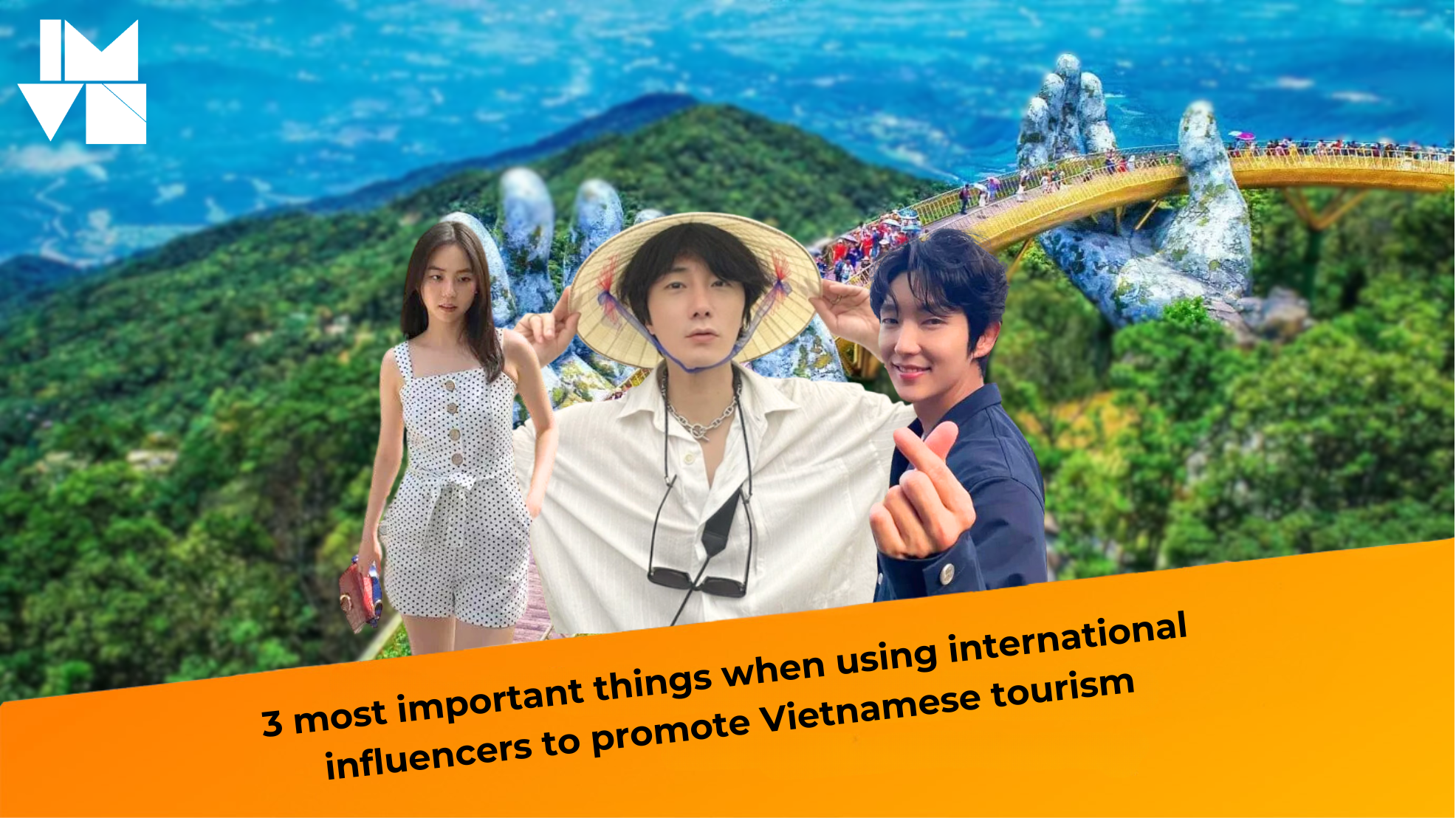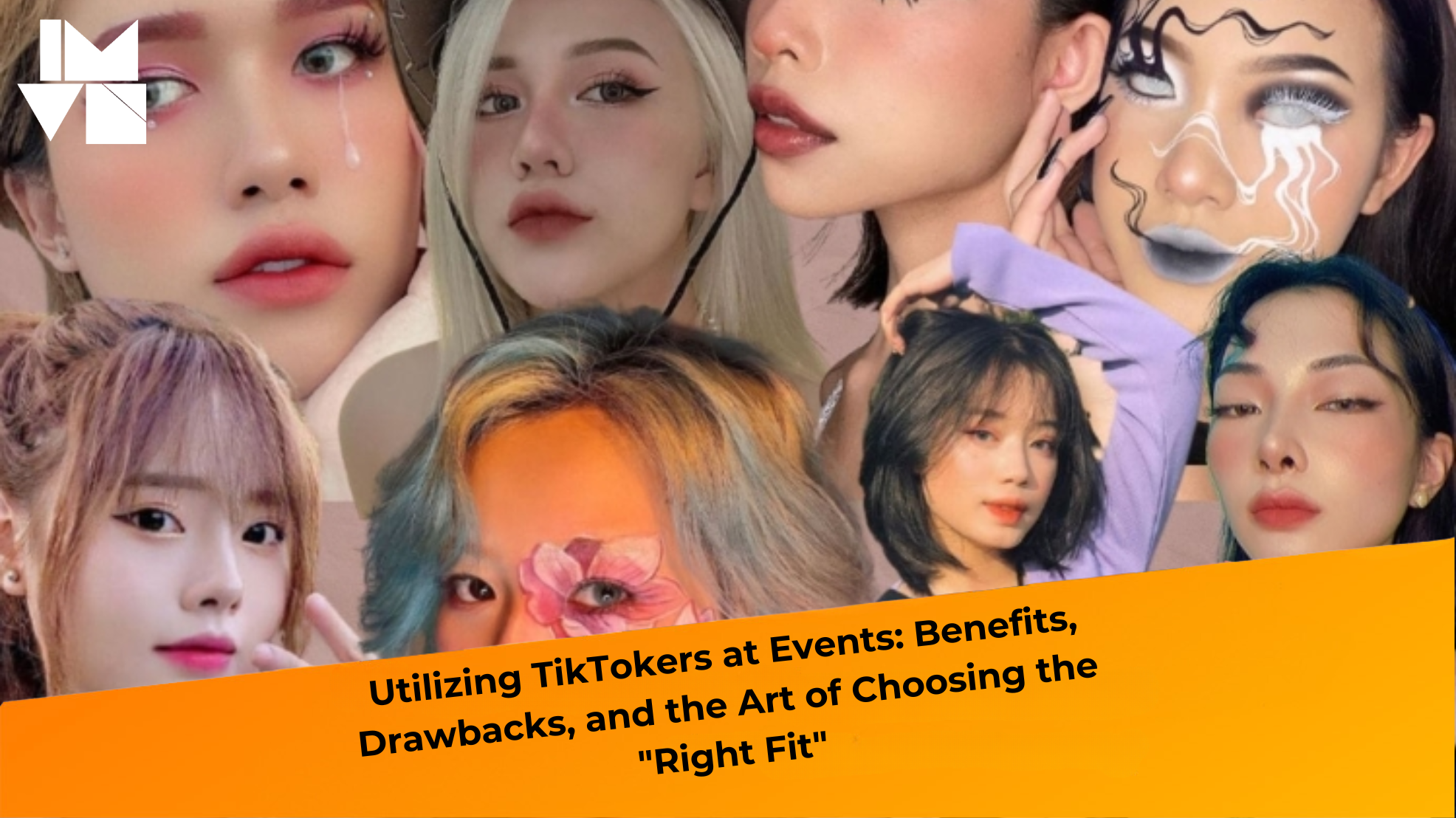The case of backpacker Hoang Le Giang being caught cheating is just one example of the prevalence of fake values in the marketing industry using social media stars.
In recent days, the Vietnamese backpacker community has been stirred up by the discovery of “travel star” Hoang Le Giang staging a “conquering Denali peak” drama in the US. Before this scandal, Hoang Le Giang was considered a prominent face in the KOL (social media influencer) travel community in Vietnam.
In reality, lies are always present, even rampant in the KOL marketing industry in one way or another. According to a 2018 survey by the Association of National Advertisers (ANA), about 75% of brands in the US market use KOLs to promote products. Nearly 50% increased investment in this promotional channel in 2019.
Meanwhile, CBNData research shows that China’s “KOL economy” was worth $8.6 billion last year. About 70% of Chinese consumers born after 1995 buy products through social media.
However, ANA research also shows that only 36% of brands are satisfied with their KOL marketing campaigns. One reason is that more and more KOLs are using deceptive tactics to maintain their “hotness” in an increasingly competitive environment.
Fraud is rampant
The Social Chain Group conducted a study and tracked about 10,000 famous KOLs in the US and found that about 25% used fraudulent tactics, including automated follower buying. About 40% of comments on KOLs’ paid posts came from these fake followers.
An investigation by the University of Southern California and Indiana University found that 9-15% of Twitter accounts are fake. Meanwhile, up to 60 million Facebook accounts have automated followers.
In 2018, the New York Times published a shocking investigation titled The Follower Factory. Accordingly, up to 48 million Twitter accounts are fake. A company called Devumi sold up to 3.5 million accounts multiple times, resulting in 200 million Twitter users who do not actually exist.
The investigation found that Devumi sold accounts to more than 200,000 customers, including entertainment stars KOL.
Entrepreneur.com cited the case of Jess, a famous fashion KOL in the UK, with 230,000 followers on Instagram. She collaborated with 22 brands in 2018 and earned $1,000 for each post. However, 96% of Jess’ interactions are fake.
An investigation by Entrepreneur.com found that Jess spends an average of $2 to buy 1,000 likes, comments or shares. That means each company that hires Jess wastes up to $960 on one of her posts.
Jing Daily reported that a similar situation occurs in China. On the Taobao platform, anyone can create 100 fake accounts for just a few yuan. Elijah Whaley of Parklu Media said that automated accounts account for 40% of Weibo’s total accounts.
Both Weibo and WeChat sell “interaction packages” starting at 25 yuan per 1,000 impressions (the number of times an ad is seen). For those who do not pay, the ability to interact is significantly reduced.
“Without the support of the Weibo system, a post would only reach 10% of an account holder’s followers,” said communications expert Lauren Hallanan, who regularly writes for Jing Daily.
Social media does not want to control fake followers
Chinese people call fake followers “water army”. Mr. Whaley asserts that fake followers are an indispensable part of social media platforms in China. And the number of “water army” is increasing on Chinese social media platforms.
“Platforms don’t want to control fake followers. Because they increase the number of daily and monthly users, making the platforms look healthier than they actually are,” expert Whaley explains.
In an interview with the South China Morning Post, fashion influencer Peter Wu – who has 1.5 million followers on Weibo – said he decided to stop writing copy for Louis Vuitton because he was “tired of the numbers they wanted to achieve”. “They didn’t even know the advertisers were using fake numbers,” he stressed.
In addition, Jing Daily quoted some unnamed media experts revealing that even advertising agencies often “polished” social media interaction figures to “look good” before reporting the results of marketing campaigns using KOLs.
“Brands have no idea how a post is effective, whether it is due to the influence of KOLs or fake followers. What they need is specific numbers,” said a Chinese media expert. The manager of a leading KOL in China (unnamed) admitted that buying fake followers was the first thing to do.
Experts say it is time for brands to take action against the fake and fraudulent status of the KOL marketing industry on social media.
According to the Wall Street Journal, in 2018, Unilever (which spent more than $9 billion on marketing activities in 2017) announced that it would ban fraudulent KOLs. eBay also applied similar measures.
Source: Zing.vn (An Chi)





